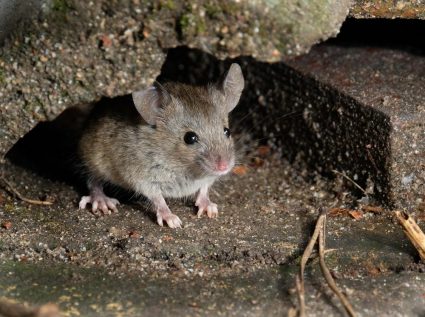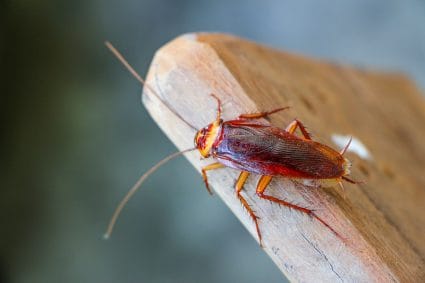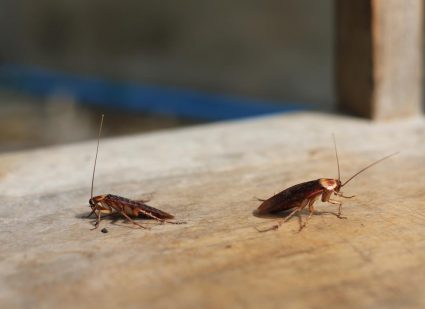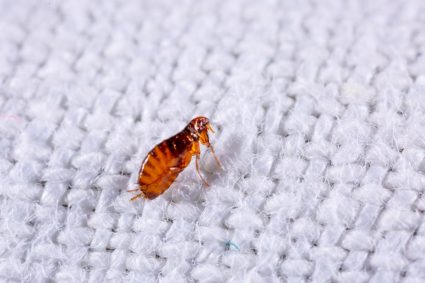
The expression “flying termites” can be misleading as it refers to winged reproductives of lower life forms called warmers.
Flying termites, also known as alates or adult reproductives, are attracted to light and can often be found near windows in the early evenings during certain parts of the year.
They come from underground colonies located nearby, searching for new nesting locations. Unfortunately, these pesky creatures often enter your home or business when there is high humidity outside.
Although they don’t cause direct damage, you don’t want them hanging around in your house. So, what can we do to keep them out?
To prevent flying termites from entering your home, you should perform thorough cleaning around window frames with a vinegar-water solution and caulk any cracks or crevices where insects may enter through.
You can also use screens over vents and fans with weather stripping along doors and windows. Placing UV bulbs trap bugs effectively, as well as citronella tea lights.
Lastly, having regular pest control visits performed each fortnight to remove mosquitos alone should suffice but never forget about the upkeep involved.
However, simply later, routinely staying consistent truly pays off handsomely over time no exceptions whatsoever.
In this article, we will be discussing how to keep flying termites away.
Can Flying Termites Cause Damage to Your Home?
Flying termites are a common household pest that, if unchecked, can cause significant structural damage to property.
Flying termites are even more challenging to deal with as a nuisance because of their unpredictable flight patterns. Is there any danger from these flying insects?
The simple answer is yes; flying termites can cause expensive damage to your property if not dealt with appropriately. In addition, flying termites can be an early warning sign of a termite infestation, much like the swarming of colonies below ground.
Moreover, any new nests constructed by swarmers are at risk of being subjected to the same destructive behavior displayed by other underground kinds, namely, persistent digging into the wood and rapid population growth.
Suppose you find evidence of flying termites on the ground inside your home or in the form of visible signals outside. In that case, you should always treat the situation with the seriousness it deserves.
The cost of repairs for damaged buildings might be prohibitive, but focusing on preventative measures can save money in the long run.
The best defense is a good offense. Therefore, it’s important to remember to do things like this every year so you can spot problems before they have a chance to increase.
When you notice such problems, you must immediately call in pest control experts to help prevent the problem’s recurrence and minimize any potential structural damage to your home.
As the day winds down, you reflect on what you’ve learned and the lessons you can apply to prevent future infestations.
4 Ways To Keep Flying Termites Away
Here are some tips to help prevent flying termite infestations:
1. Identify and Address Entry Points
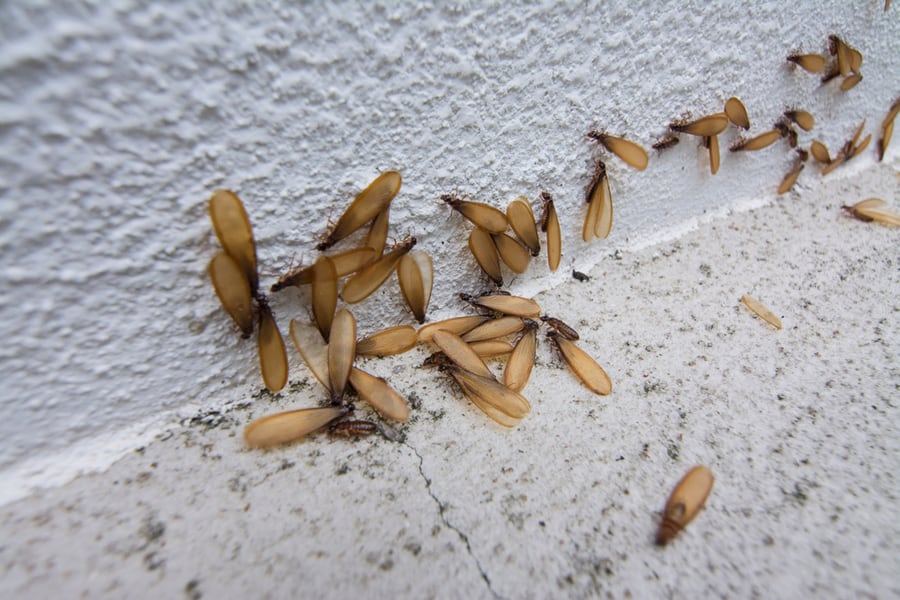
Inspect all parts of the building – windows, cracks in walls & foundations, etc., for any possible entry points where these pests could come through. If you find one, make sure to properly seal it off with caulk so no insects can get past it.
2. Eliminate Moisture
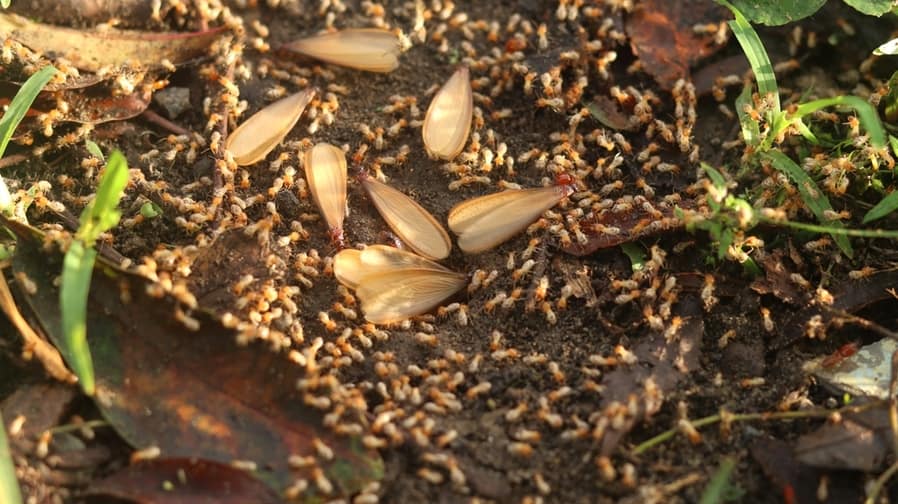
Flying termites look for humid environments with plenty of moisture sources, such as pools, rainwater drainage systems, and other places near wetness accumulation spots inside and outside the premises.
Make sure to take corrective actions such as proper ventilation or using space heaters before the swarming season arrives each year.
3. Use Repellents
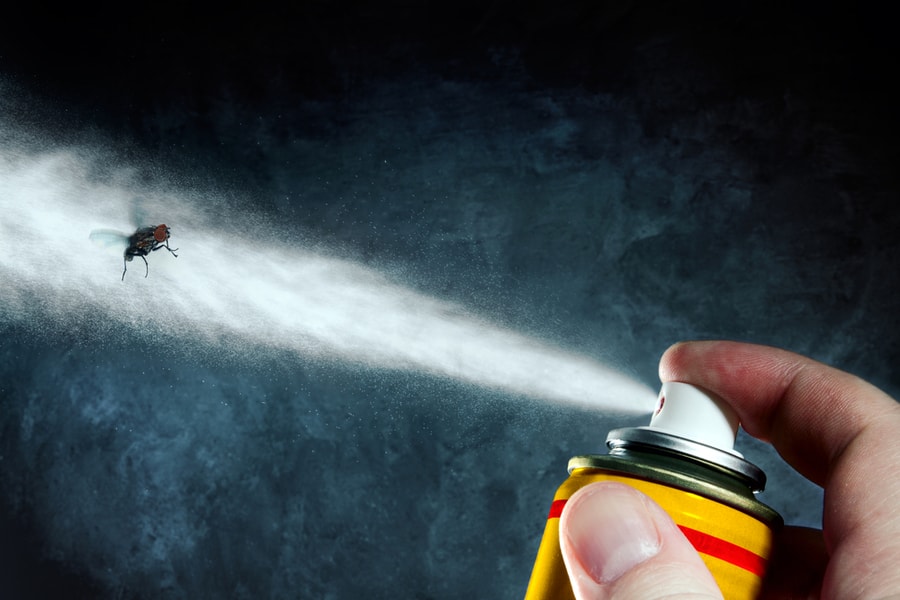
This option should only be used if all else fails – use natural repellents like cedar oil sprays on vulnerable areas (windowsills/door thresholds).
Keep repeating this process every couple of weeks until the problem persists no more since, many times, and efficacy tends to wear away after some time due to harsh weather conditions.
Overall this does quite a job at keeping those unwanted intruders out permanently from your distance once set up correctly over time based upon trial&error testing methodology followed by most DIY enthusiasts.
4. Sprinkle Pepper

Dried red, chili peppers, and red pepper flakes are on a black background. In addition, you may use common kitchen spices like cayenne Pepper to create an effective termite bait.
A common powder ingredient, capsaicin, in this case, can irritate the termites’ exoskeleton. Cayenne Pepper, boric acid, is an effective termite bait because it causes damage to the termites’ neurological and digestive systems.
A good amount of pepper powder on the surface or their trail can be effective against termites if the infestation is contained in a small area.
You can also make a natural paste by combining the Pepper and oil and applying it to the affected regions. After a few days, you can return to the treated areas and find no sign of the termites.
Conclusion
In summary, preventing flying termite infestations calls for regular proactive security.
Measures include adequately sealed doors and windows, minimizing excess Moisture found indoors and outdoors, and non-lethal preventive treatments.
These must be repeated periodically throughout the year or changed whenever the pest population increases unexpectedly enough.
Frequently Asked Questions
Why Are Flying Termites Buzzing Around My House?
This is known as a swarm when mature colonies create winged males and females for reproduction. Fertilized termites lose their wings after mating flights and begin establishing new colonies.
When termites are seen flying into a home, it signifies a fully developed colony.
How Concerned Should I Be About Flying Termites?
Suppose you encounter colonies of flying termites around your home. In that case, this should serve as a warning sign for two potential dangers:
It’s possible that your home already has a termite infestation. There’s a chance termites could invade your home.


